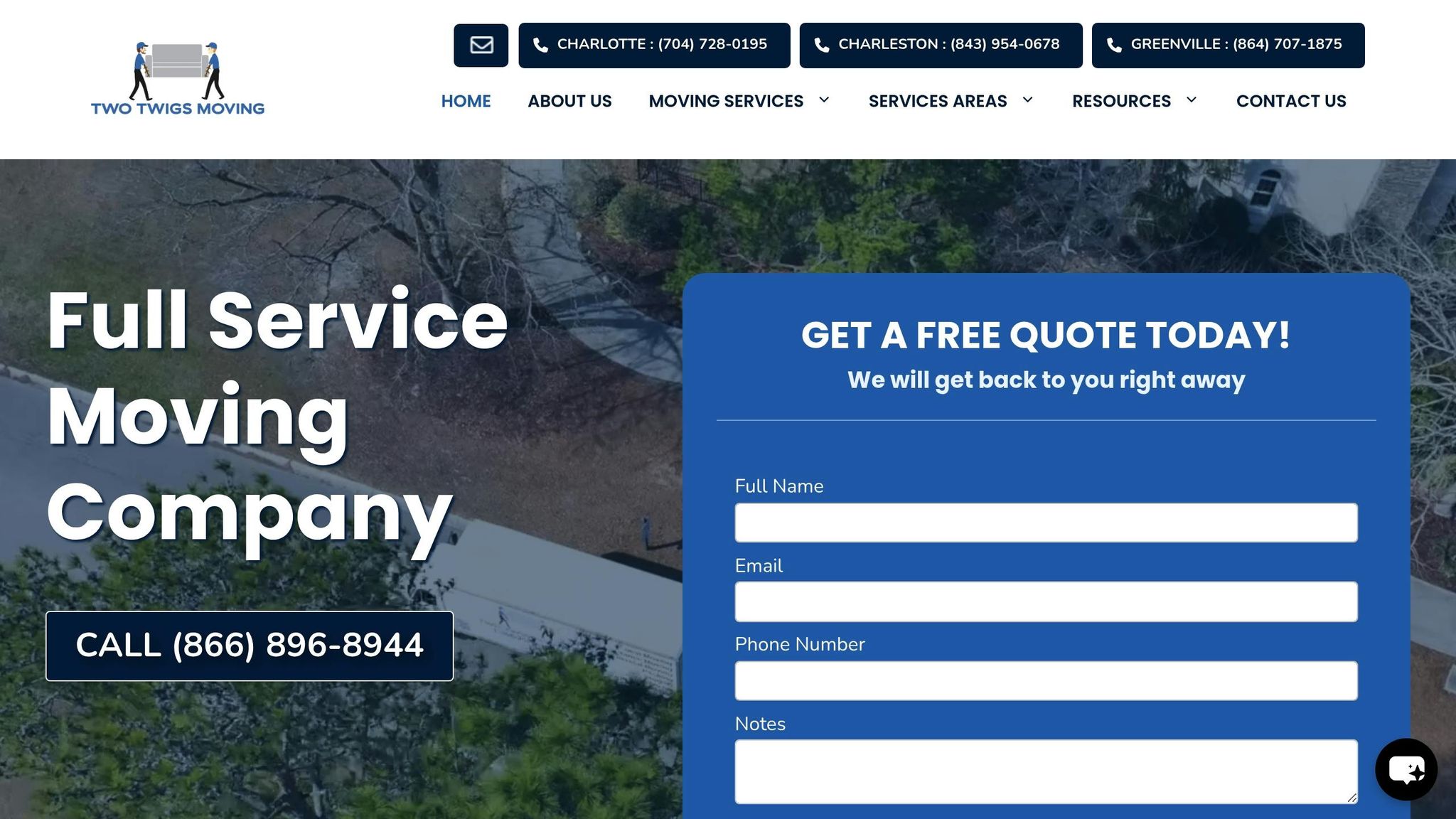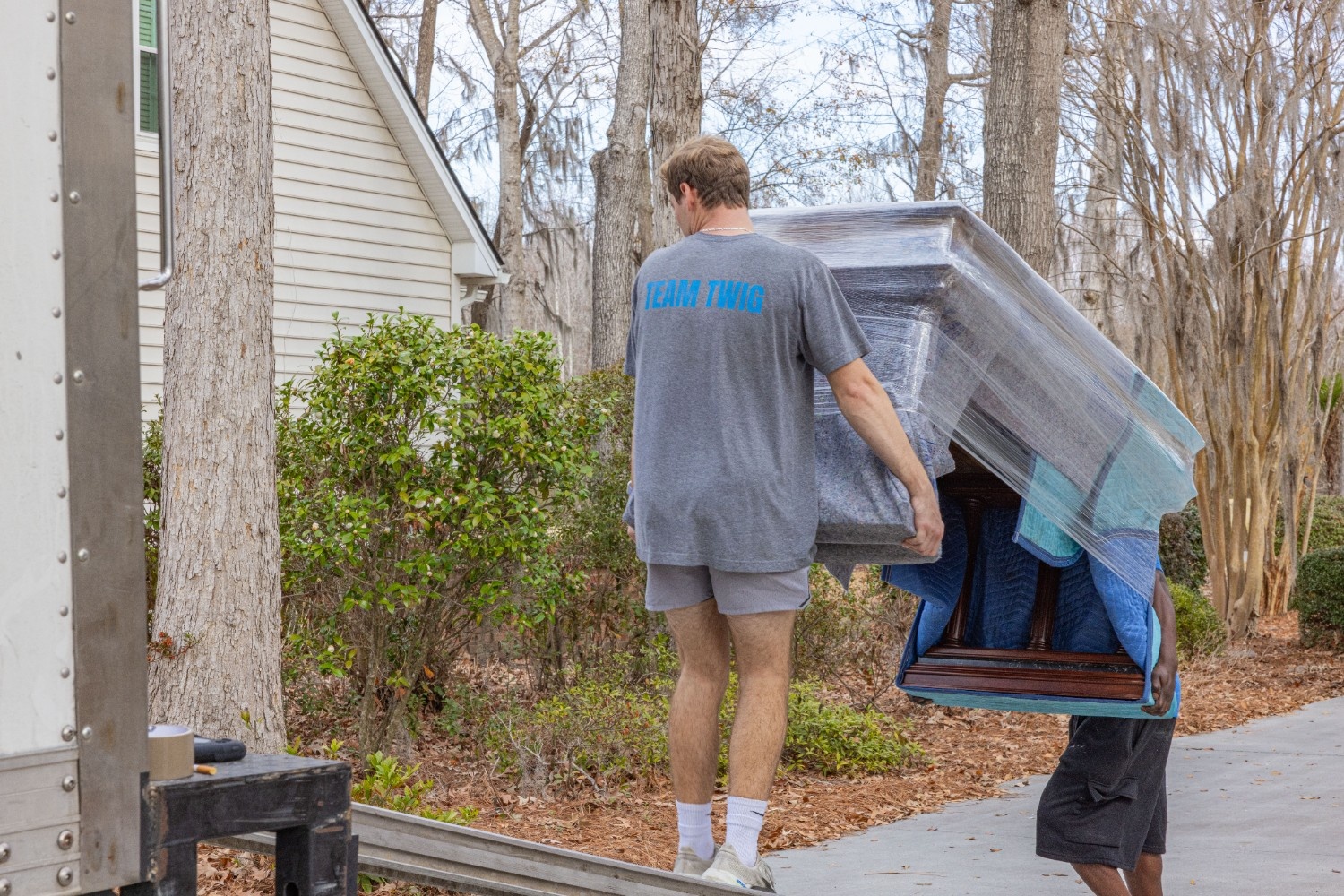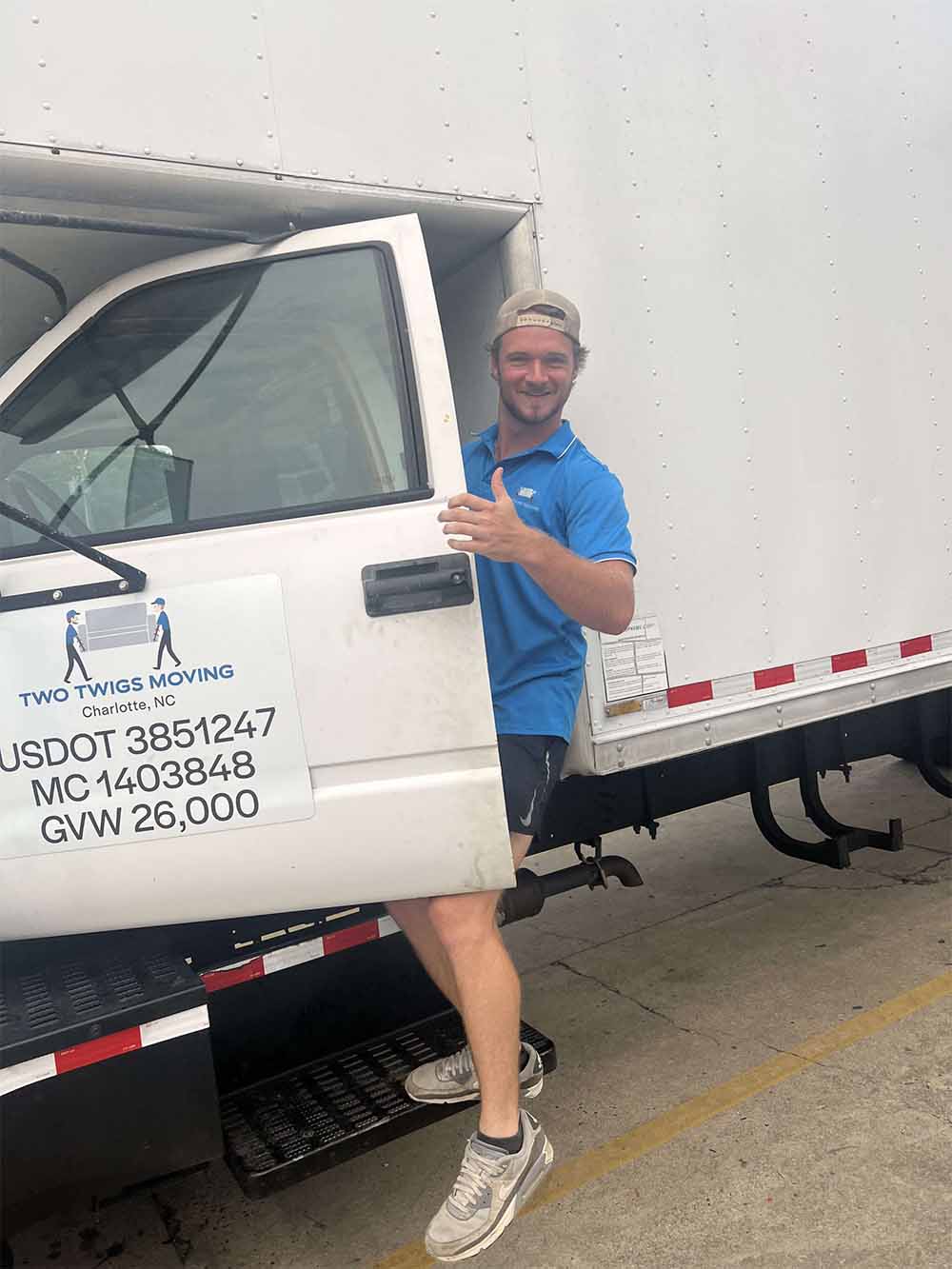Moving a piano is complex, and weather makes it even harder. Extreme temperatures, humidity, rain, and snow can harm a piano’s delicate materials like wood, felt, and metal. Damage includes warping, cracking, detuning, and mold growth. To prevent this:
- Temperature & Humidity Control: Keep conditions stable (64–75°F, 45–70% humidity). Use climate-controlled trucks.
- Protective Wrapping: Waterproof covers and blankets shield against moisture and sunlight.
- Timing: Move during mild weather or cooler times of the day.
- Professional Movers: Experts use specialized tools and techniques to minimize risks.
Weather-proofing ensures your piano stays safe, whether it’s a local or long-distance move.
Why Pianos Are Sensitive to Weather Changes
Pianos are incredibly delicate instruments, and their sensitivity to weather stems from their intricate construction. With over 10,000 tiny parts made from materials like wood, felt, leather, and steel, each component reacts differently to environmental changes, making them vulnerable during transport and storage. This is why manufacturers often require controlled environments and may exclude extreme weather damage from warranty coverage.
How Piano Materials React to Weather
Wood, the primary material in pianos, plays a crucial role in their structure, from the soundboard to the action components. However, wood is hygroscopic, meaning it absorbs and releases moisture depending on humidity levels. High humidity causes the wood to swell, while low humidity makes it shrink. Over time, this constant expansion and contraction can stress the piano’s structure.
The soundboard, often referred to as the piano’s "speaker", is especially affected by moisture changes. Its precise dimensions are essential for producing the right tone, and even slight shifts in humidity can alter its shape and acoustic performance.
Felt parts, which are vital to the piano’s action mechanism, are also sensitive to humidity. In damp conditions, the felt can absorb moisture, making it sluggish, while excessively dry air can cause it to dry out and crack.
Metal components, including strings and hardware, respond to temperature changes, which can affect string tension and tuning stability. Meanwhile, glue joints that hold the piano together are at risk from both heat and humidity. Prolonged exposure to sunlight, for instance, can soften adhesives, while temperature fluctuations can weaken the bonds between materials.
Weather Damage to Piano Tuning and Structure
The impact of these material changes is most evident in a piano’s tuning and structural integrity. For example, a temperature increase of just 10°F can cause metal strings to expand, raising their tension and leading to a noticeable pitch increase.
High humidity – above 50% – can cause wooden components like the soundboard to expand, increasing string tension and resulting in a sharp pitch. Prolonged exposure to such conditions can also destabilize tuning as moisture affects the action parts.
When humidity exceeds 70%, the damage becomes more severe. Mold can grow, metal parts may corrode, keys might stick, and felt components can absorb excess moisture, leading to muffled sounds. On the flip side, extremely low humidity – below 30% – can cause rapid and irreversible damage. Wood may shrink to the point of cracking, glue joints can fail, and the piano’s overall structure may be compromised.
Sunlight also poses significant risks. Direct exposure can fade the piano’s finish and cause wooden components to warp due to uneven heating. It can even soften adhesives, further weakening the instrument’s structure.
Maintaining a stable environment in your home can significantly reduce tuning issues – by as much as 50%. This highlights the importance of climate-controlled transport and professional handling to protect these sensitive instruments.
Weather Risks During Piano Transport
Moving a piano exposes it to weather conditions that can cause both immediate and long-term damage. Unlike the stable environment inside your home, the process of transporting a piano involves dealing with outdoor elements, temperature swings, and humidity shifts – all of which can affect the instrument’s intricate mechanics, which include over 7,000 moving parts. Knowing these risks is key to ensuring a safe and damage-free move.
Rain and Snow Damage
Water is one of the biggest threats to a piano during transport. Rain or snow can seep into the piano, causing the wood to swell, which can lead to issues like tuning instability, mold growth, and even structural damage. Moisture can also harm delicate internal components, including the soundboard, which is particularly sensitive to water. A warped soundboard can significantly alter the piano’s sound quality.
Beyond internal damage, water exposure can stain the piano’s finish, damage felt components, and create conditions for mold to thrive. To prevent these issues, waterproof wrapping is a must. Use heavy-duty plastic or specialized blankets with waterproof layers to shield the piano. For added protection, covered dollies, ramps, and tarps can help keep the instrument dry when moving it across wet or snowy terrain.
High Temperature Problems
Excessive heat poses serious risks during piano transport. In fact, environmental factors account for 60% of piano-related issues. High temperatures can cause wooden parts to expand, leading to cracks, warping, and even separation of laminated layers. These changes are often irreversible. Humidity fluctuations in hot weather can also destabilize tuning and compromise the wood’s integrity.
Heat can damage the piano’s finish as well. Varnishes and lacquers may dull, crack, or peel under extreme heat, while direct sunlight during loading or unloading can cause uneven heating. Internally, adhesives may soften, keys may stick, and metal components can expand, disrupting the piano’s action and responsiveness.
To minimize heat-related damage, consider using thermal covers and scheduling the move during cooler parts of the day. If possible, opt for climate-controlled trucks to maintain stable conditions throughout the journey.
Cold Weather and Low Humidity Issues
Cold weather brings its own set of challenges. Low temperatures can cause piano strings to contract, increasing tension and potentially leading to tuning issues or even string breakage. Wooden components, like the soundboard, are also affected – they can shrink in the cold, further destabilizing the instrument’s tuning.
Winter’s low humidity adds another layer of risk. When humidity drops below the ideal range of 45% to 70%, the soundboard may dry out and crack. Keytops made from ivory or plastic can loosen, and veneers may split due to excessive dryness. As Professional Moving Specialist Gordon Bolton explains:
"Changes in temperature and humidity levels can have a considerable impact on not only the way a piano sounds, but its overall condition as well."
Cold and dry conditions can weaken glue joints and cause wood to crack, making the piano more fragile during transport. These issues underscore the importance of careful handling and proper preparation during winter moves.
Problems from Quick Climate Changes
Rapid shifts in temperature and humidity can be particularly problematic. For instance, moving a piano from a warm indoor space to a cold outdoor environment – or vice versa – can create condensation on both the piano’s surface and its internal components. This moisture can damage the finish and seep into sensitive parts, while sudden temperature changes can stress glue joints and wooden structures.
Thermal shock from quick climate changes can lead to cracks in wooden parts, misaligned metal components, and unpredictable reactions in felt materials. To reduce these risks, gradual acclimation is key. Using humidifiers or dehumidifiers before and after transport can help the piano adjust to its new environment. Climate-controlled trucks are another effective way to maintain consistent conditions during the move. After transport, experts recommend allowing the piano time to acclimate before tuning or playing to ensure its long-term stability.
How to Protect Pianos from Weather During Transport
Transporting a piano safely requires careful planning, especially when considering the impact of weather. Environmental factors are responsible for about 60% of piano-related issues, making proper preparation critical for a successful move.
Climate-Controlled Moving Trucks
One of the best ways to safeguard your piano during transport is by using a climate-controlled moving truck. These trucks maintain a consistent temperature – typically between 55 and 70°F – and keep relative humidity levels at an ideal range of 45–55%, no matter the weather outside.
When choosing a moving company, confirm that their trucks are equipped with modern heating and cooling systems, as well as humidification technology. Many of these trucks also feature air-ride suspension and padding, which help protect the piano from vibrations and physical shocks during the journey.
Proper Wrapping and Moving Equipment
To shield your piano from moisture and physical damage, use high-quality, waterproof covers and heavy-duty plastic or specialized blankets. These materials act as a barrier against weather-related risks.
Make sure the cover fits snugly but not too tightly – ill-fitting covers can do more harm than good. For added safety, allow air circulation under the cover to prevent moisture buildup, and ensure the piano cools down before wrapping to avoid trapping heat. Additional tools like covered dollies, ramps, and tarps can provide extra protection, especially when navigating wet or snowy areas. The goal is to create multiple layers of defense while ensuring the piano remains dry and ventilated.
Smart Scheduling and Piano Adjustment
Timing your move carefully can make a big difference. Aim to schedule your piano transport during seasons with milder weather, such as spring or fall. These times of year typically offer more stable temperature and humidity levels. If possible, plan the move for cooler parts of the day, like early morning or late afternoon, to minimize exposure to extreme conditions.
Once the piano arrives at its destination, give it 2–3 weeks to acclimate before tuning. This adjustment period helps prevent damage caused by sudden climate changes. During this time, limit how much the piano is played, and consider having a piano technician inspect it to address any potential issues before they escalate.
sbb-itb-a5538b6
Professional Piano Moving in Charlotte, Charleston, and Greenville
Weather in cities like Charlotte, Charleston, and Greenville can be unpredictable and extreme, with humid summers reaching the 90s and winter storms pushing temperatures below freezing. This makes professional piano moving services a must to protect your instrument from potential damage caused by these conditions.
Why Choose Professional Piano Movers?
Moving a piano is no small task. A grand piano, for instance, has over 12,000 intricate parts, including delicate strings and hammers – all of which require expert care. Professional movers come equipped with specialized tools like piano dollies, padded blankets, custom straps, and climate-controlled trucks to ensure your piano stays safe, even in extreme weather. These trucks are particularly important for maintaining stable conditions and preventing damage caused by temperature swings.
Additionally, professional piano movers offer comprehensive insurance and liability coverage, giving you peace of mind against risks like heat, cold, rain, or high humidity. Their expertise also extends to route planning, avoiding bumpy roads and tight corners that could jeopardize your piano’s safety. This level of care and preparation is what sets experienced movers apart.
Two Twigs Moving: Experts in Piano Transport

Two Twigs Moving exemplifies the best in professional piano moving services across Charlotte, Charleston, and Greenville. Their customized solutions address the specific challenges of transporting pianos in weather-sensitive conditions. Whether you’re moving your piano to another room, another floor, or a completely new location, their team handles every step – from disassembly and reassembly to tuning.
What makes Two Twigs Moving stand out is their deep understanding of regional weather patterns. They tailor their approach to each move, accounting for varying conditions to ensure your piano remains protected throughout the process. From the initial assessment and protective wrapping to climate-controlled transport and final adjustments, their comprehensive service guarantees your piano’s safety. With background-checked, highly trained movers who specialize in handling delicate instruments, you can trust that your piano will be treated with the utmost care every step of the way.
Protecting Your Piano During Weather-Related Moves
Transporting a piano is no small task, and when you add unpredictable weather into the mix, it becomes even trickier. Rain, snow, extreme temperatures, and sudden humidity shifts can wreak havoc on your instrument. Rain and snow can lead to wood swelling and water damage, while high heat can cause warping and weaken the glue that holds strings in place. On the flip side, cold weather and low humidity can make felt components brittle, crack the soundboard, and create condensation from rapid temperature changes. To keep your piano safe, you need a well-thought-out plan.
The first step is ensuring the piano is transported under controlled conditions. Pianos thrive in stable, climate-controlled environments, and professional movers use specialized trucks designed to maintain these conditions. This prevents the damaging temperature swings that can harm delicate components.
Wrapping the piano properly is another essential layer of protection. Use waterproof, breathable wraps to shield it from moisture while allowing air circulation. For long-distance moves, custom wooden crates lined with desiccants can help maintain consistent humidity levels. Adding heavy-duty moving blankets provides extra cushioning and insulation to safeguard against physical damage.
Timing also plays a crucial role. Professional movers often schedule moves during cooler parts of the day to avoid prolonged sun exposure. Once the piano arrives at its destination, it’s recommended to let it acclimate for one to two weeks before tuning.
"Sudden temperature changes can severely damage pianos. We transport and store pianos in heated vehicles and spaces to maintain a consistent, ideal climate. Temperature and humidity levels are continuously monitored throughout the moving process."
Expert movers also take care to secure all moving parts and understand how different weather conditions affect a piano’s materials. This kind of expertise is especially important in areas like Charlotte, Charleston, and Greenville, where summers can be humid and scorching, while winters bring freezing storms. Protecting your piano in such climates requires specialized knowledge and careful handling.
FAQs
How can I keep my piano in tune when moving it in different weather conditions?
When transporting your piano, keeping it in tune starts with protecting it from drastic weather changes. A climate-controlled moving truck is your best bet for maintaining a stable environment – aim for around 72°F with steady humidity. This prevents the piano’s sensitive parts from warping or sustaining damage.
If you can, plan the move for a time when the weather is mild, and always use protective covers to guard against rain, snow, or harsh sunlight. Taking these precautions ensures your piano arrives in great shape and is ready for tuning once it’s settled in its new home.
How can I protect my piano during a move in extreme weather?
To keep your piano safe during a move in extreme weather, start by wrapping it in waterproof covers to protect it from rain or snow. Add layers of padding, like blankets or bubble wrap, to safeguard the lid, keyboard, and pedals from scratches or damage. Use packing tape to keep everything securely in place.
If possible, plan the move for cooler times of the day to reduce the risk of heat damage. Using a climate-controlled truck is also a smart choice to maintain a steady temperature throughout the journey. Once the piano reaches its new home, allow it to slowly acclimate to the indoor temperature. This gradual adjustment helps prevent issues like cracking or warping. Taking these precautions can go a long way in keeping your piano in great shape, no matter the weather conditions.
Why should I hire professional movers to transport my piano, especially in areas with unpredictable weather?
Hiring professional movers to handle your piano is crucial, especially in areas where the weather can be unpredictable. Pianos are incredibly sensitive to changes in their surroundings. Extreme heat, cold, humidity, or even a sudden downpour can lead to serious problems like warping, cracking, or tuning issues. Professional movers come prepared with specialized tools and techniques, such as protective coverings and climate-controlled vehicles, to keep your piano safe from these potential hazards.
Trying to move a piano on your own, without the proper know-how, could lead to expensive repairs – or worse, irreversible damage. Skilled movers know how to handle and transport pianos correctly, ensuring they stay in excellent condition and giving you peace of mind, no matter the weather.


.svg)


